
Compared to other world cities, London’s architectural style is enigmatic, with its harmoniously coexisting hotchpotch of different styles and epochs. How well do we know this surprising city? Dmitry Bezzubtsev, the tour guide, architectural expert and author of the A Vokrug telegram channel gave Kommersant UK a short tour.
Is there such a thing as a purely English architectural style?
Throughout history, British architecture has always been close to the European mainstream, from Roman times to the Romanesque and Gothic architecture of the Middle Ages. This continues today. However, we do find interesting variations of European styles which can be called quintessentially English inventions, with their own touches and techniques.
One example is the fan vault, the hallmark of mature English Gothic. In continental Europe, Gothic cathedral ceilings feature vaults with sparsely set ribs forming regular crosses at their intersections, sometimes with some more complex forms, while in Britain, they came up with the idea of a cluster of thin, closely spaced ribs branching out from one point like a fan or palm leaf. Fan vaults like these often feature in the interiors of Hogwarts in the Harry Potter films.
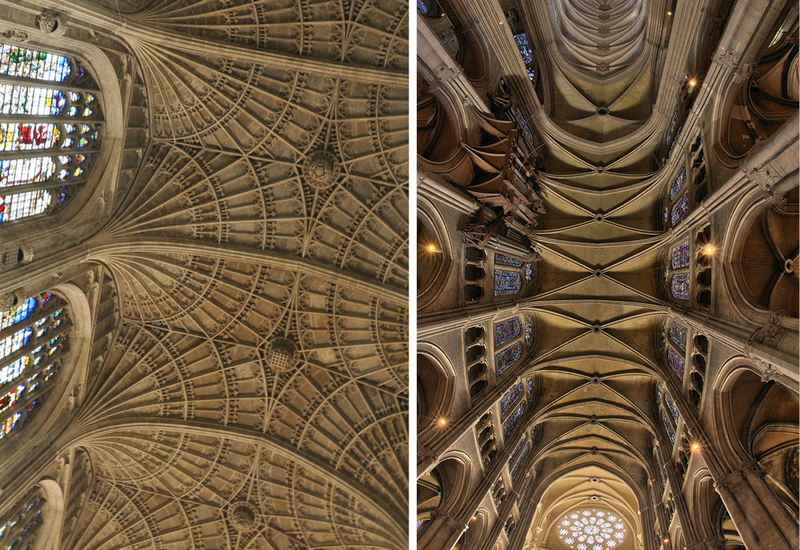
The Baroque style was also interpreted differently here. European Baroque looks more opulent and dramatic with its complex, multi-layered forms, such as enormous decorative urns and intricate cornices. The English version of Baroque is less burdened with complexity; the only design complication is a remarkable organisation of the details. The style may be a little more reserved here than in Italy, for instance, but it is much more ingenious. Perhaps only St Paul's Cathedral in London is similar to conventional European Baroque. All the other Baroque buildings of the 17th and early 18th centuries here have a strong local accent. Examples include Christ Church Spitalfields and St Mary Woolnoth Church in the City by Nicholas Hawksmoor.
Of course, we mustn't forget the Britons’ love of brickwork, this definitely shows local character. In European urban development of the 18th and 19th centuries, unplastered brick walls were a sign of poverty and poor taste. On the Continent, bare brick was only permissible in 19th-century industrial architecture. In Britain, on the other hand, from the second half of the 17th century right up to the Victorian era, both residences and more prestigious buildings unashamedly sported brickwork, sometimes with the addition of various decorative elements. For instance, large brick columns would be verging on the absurd in Europe, but here brick facades are an important element of local architecture, although, in fairness, I should say that they also saw nothing wrong with bricks in Protestant Holland.
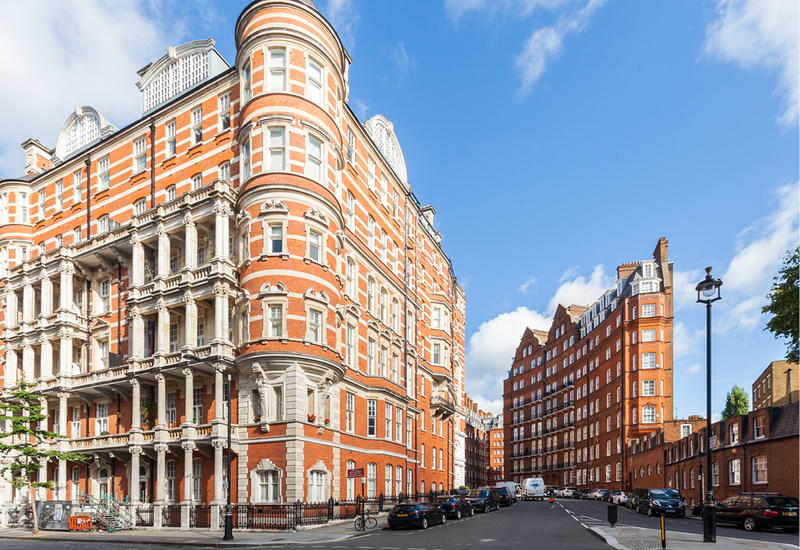
Was the Loft Style born in Britain?
It was only in the 2000s that the world began to appreciate the beauty of brick walls, enjoy their texture and aesthetic and started to play with it. Britons, on the other hand, have been living with this style since the end of the 17th century.
In which countries are British architectural styles popular?
There were certain English-influenced trends in the 19th-century US. Terraced houses, for instance; some facades are strikingly similar, such as Upper Parliament Street in Liverpool and Cushman Row in New York.
How is the London style perceived internationally and what is the reality?
London architecture can’t be defined as one specific style, rather it’s what shines through from a multiplicity of styles from different ages all laid on top of each other. This is unlike many cities which were planned with clearly demarcated neighbourhoods built in different styles and eras. The centre of Paris, for instance, was predominantly developed in the 19th century, with 20th-century tower blocks in the banlieues and a separate district of skyscrapers. They are never mixed. The same pattern is followed in Barcelona and St Petersburg, where panelled high-rises never stand side-by-side with pre-revolutionary buildings. But on London’s squares, several different epochs and styles are almost invariably found together. This degree of architectural overlay is rare in the world. The surroundings of the Bank and Monument tube station near the Royal Exchange are typical. Here postmodernism is present in the 1 Poultry building, Lutyens’ Midland Bank is an example of neoclassical early-20th-century columned architecture, London Baroque is present in St Mary Woolnoth Church and the Bloomberg office building is ultra-modern. The mediaeval or even Ancient Roman centre is the main district for skyscrapers, which you won’t see anywhere else. London’s multiple layers can only be compared to Rome or Moscow.
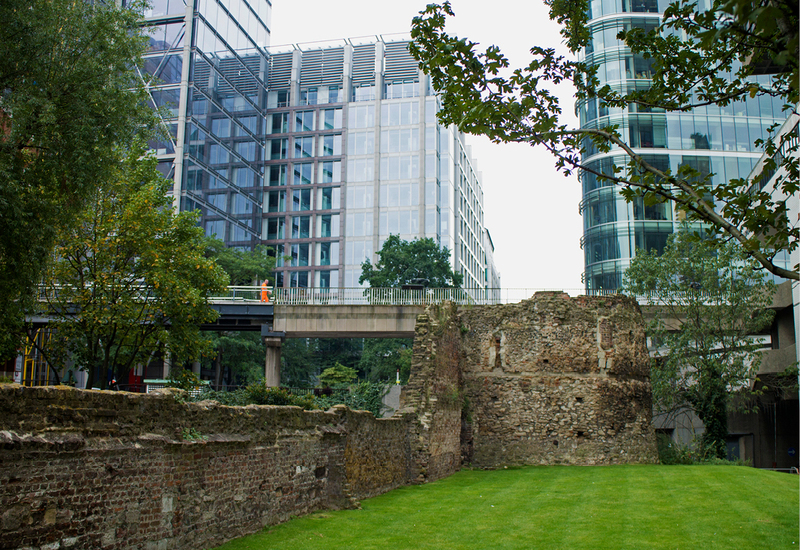
What are your top five favourite places to visit in the British capital?
The first is the City, London’s heart, with Ancient Roman walls and so much within them. It’s a magnificent place for architecture. While there, it’s worth taking a look at the small and often-overlooked New London Architecture Centre, housed in Guildhall, where, firstly, there are sometimes models of buildings to be constructed on display and secondly, there is an enormous scale model of London, or rather, three of them, including a detailed model of the City.
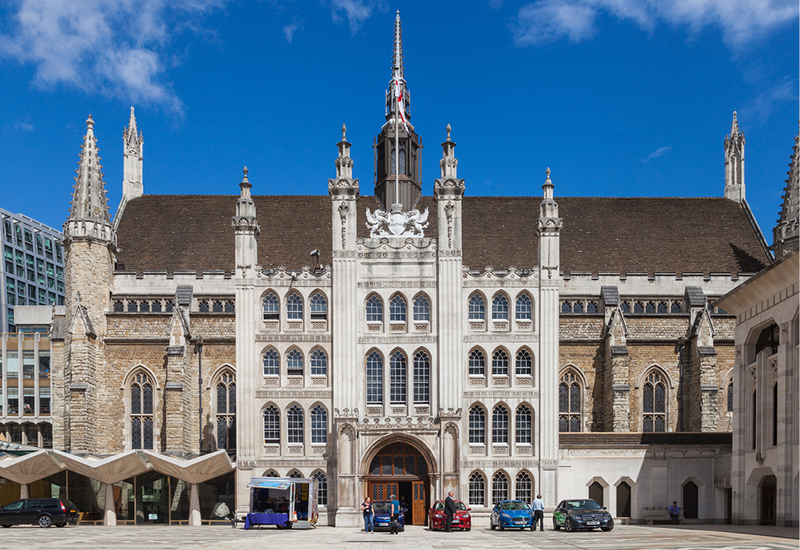
The second place is St Pancras and King’s Cross stations and their former service areas, which were once the industrial heart of an imperial metropolis, consisting of warehouses, sheds and forecourts for unloading coal. The stunning Victorian facades of both stations contrast with the former freight loading yards which, over the last ten years, have been transformed into a fantastic urban space thanks to the skilled addition of high-quality modern architecture to the historic legacy.
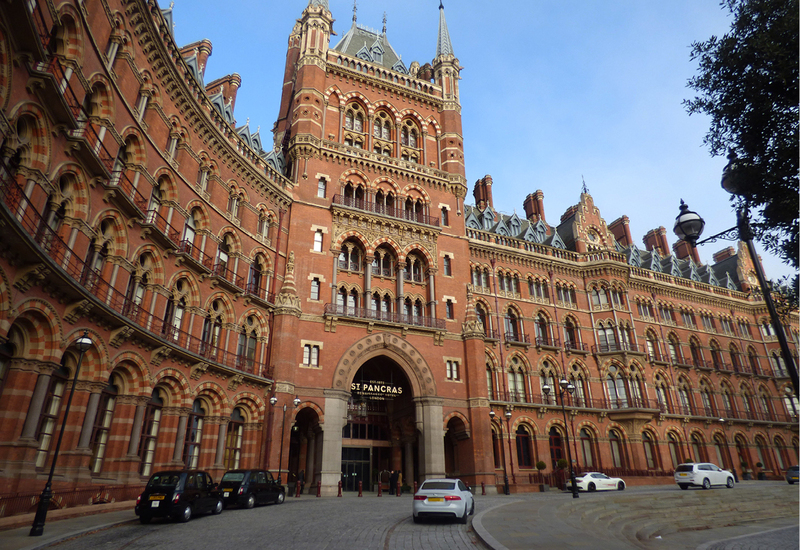
The third is South Kensington, from the area around the Albert Hall to the Natural History Museum. The entire range of late-19th-century architecture is present here. London at this period was probably the most dynamic place for architecture in the world. This area is also unique as, following a Pan-European trend, it was planned out with broad, evenly-spaced avenues. This is uncharacteristic of London overall. The result is an ideal city for science, art and gardening.
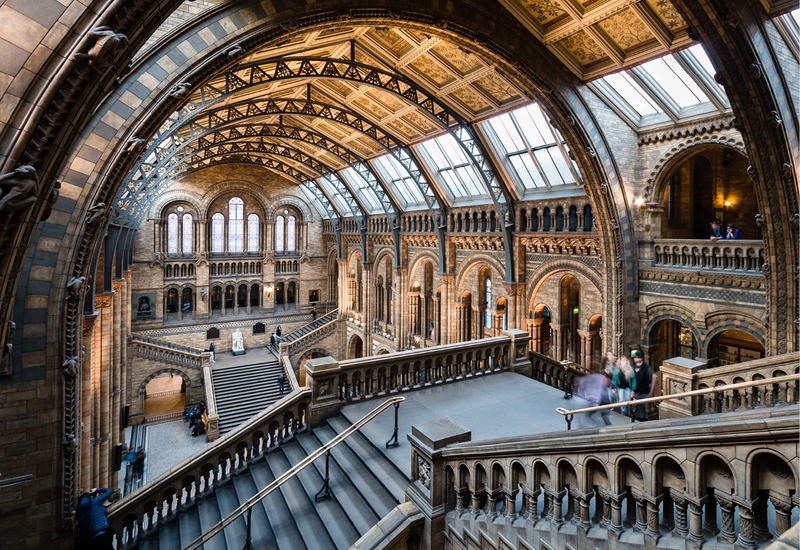
The fourth place is the Barbican Estate, which is rough, grey and often voted one of the ugliest buildings in the world. At the same time, it’s a complete miracle. It was totally experimental, a great rarity for such a conservative art form as architecture, where the cost of failed experiments is too great. In the 1950s, the very thought of such an innovative concept was phenomenally brave; a completely pedestrianised space, virtually an entire neighbourhood, with large towers where housing, a theatre, a concert hall, a gallery and a library are combined in a single space. At a time when few people were thinking at that scale, the architects Chamberlin, Powell and Bon drew it up and built it.
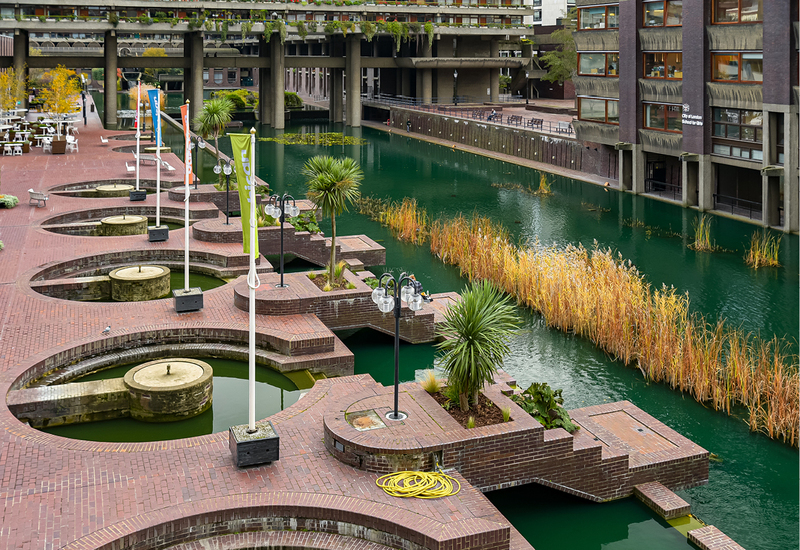
The fifth place is Battersea Power Station, once slated for demolition. Now the area around it is being developed; a good example of innovative use of the structures of the past and respectful treatment of interwar architecture. As a result, this iconic construction raises the profile of the whole neighbourhood.
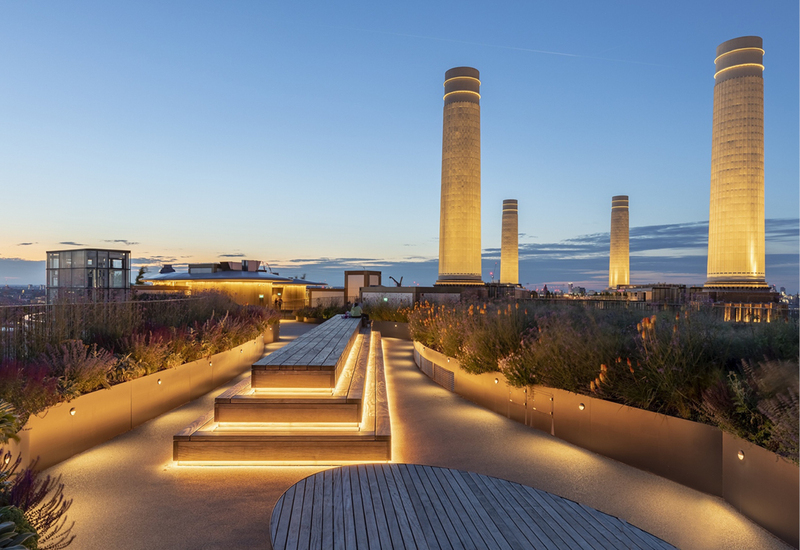
What are your favourite architectural sights in Britain?
I love the style of the great Gothic cathedrals which are particularly successful here as, from the 12th to 15th centuries, there was both the ambition and the money to build them. There are constructions built in several stages by different generations, where the first, still tentative early Gothic is combined with more mature styles from later periods, such as we see at Canterbury Cathedral. Ely Cathedral is superb, with its monumental late Romanesque architecture blending with late Gothic features. Durham Cathedral was begun in a Romanesque style, but while it was being built, Europe started to discover Gothic. New ideas were put into practice whilst work went on. There are other cathedrals built purely in one style, such as St Mary’s Gothic Cathedral in Salisbury. I also enjoy the surviving historical street architecture; not just sumptuous palaces and imposing buildings, but ordinary housing from the 16th and 17th centuries. These have been almost entirely lost in London due to the Great Fire, but around the country as a whole, quite a lot remains. I like this British cult of authenticity and the way they painstakingly restore old buildings here.
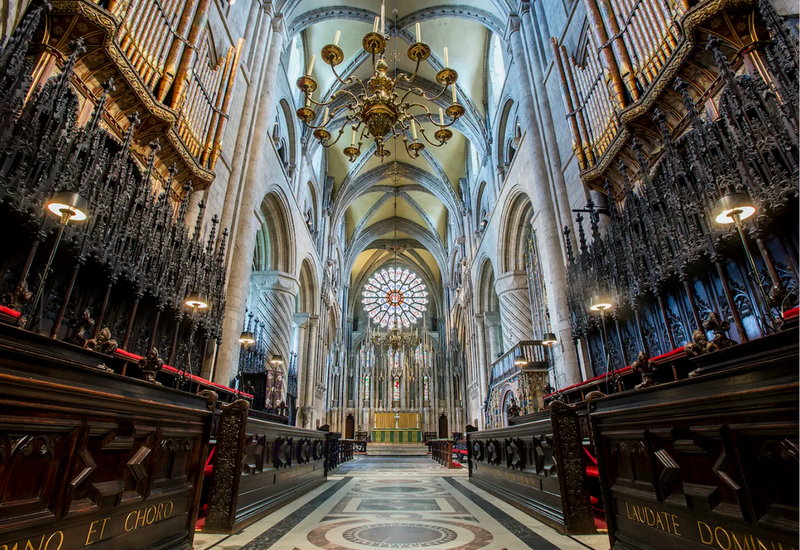
Are there regional architectural differences in the UK?
Britain is rather homogenous. For instance, the Gothic style of the same period is quite similar in Canterbury or York. A good example of regional architecture is the energy of Glasgow at the turn of the 20th century. A rapid revolution had recently occurred in European architecture at that time, giving rise to the Art Nouveau or Modern style. Architects began to invent novel shapes for widows, door handles and buildings. While in more conservative London, Manchester (then an important architectural centre) and Liverpool, architects continued to draw the standard, neoclassical columns, in Glasgow a local architectural school flourished, creating fanciful elements with a Scottish touch. On the windows of apartment buildings' stairwells, fantastic panels appeared, filled with stained glass and ceramic tiles. Stairway railings featured unusual metalwork. Some excellent examples of Scottish Art Nouveau are James Salmon’s Hatrack Building and the Glasgow School of Art building by Charles Rennie Mackintosh.
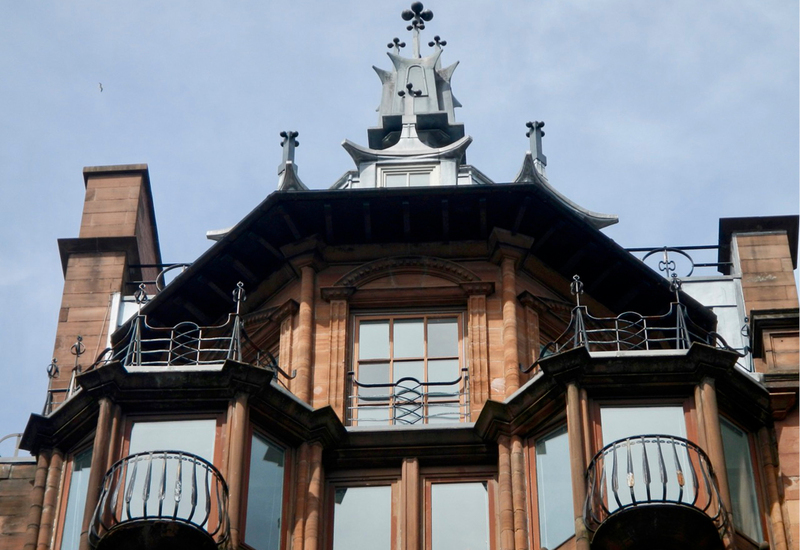
Why are the British themselves so reverent towards old buildings while Russophone emigrants can sometimes be unsatisfied, complaining of mould, cold and mice?
London has many old buildings; this is Former Imperial Capital Syndrome. Something similar can be seen in Vienna and St Petersburg; virtually half the housing is prewar and this is par for the course. We’re used to the idea of exponential growth, with each new period building more homes than the one before and the housing stock consisting predominantly of relatively new buildings. Consequentially, historical homes are a rarity in Russia. The question arises of what takes precedence; preserving cultural authenticity or ensuring comfort, as it’s more difficult to live in older homes with historical features than in new builds. Still, this makes the city’s architectural life more interesting and I prefer living in towns like this. I don't approve of mice, but mould and cold are just the price we sometimes have to pay, as there’s no alternative. Of course, you can modernise old buildings and throw out the historical features, as they often do in St Petersburg and Moscow, but seeing this traumatised me, so I’m ready to put up with the cold.
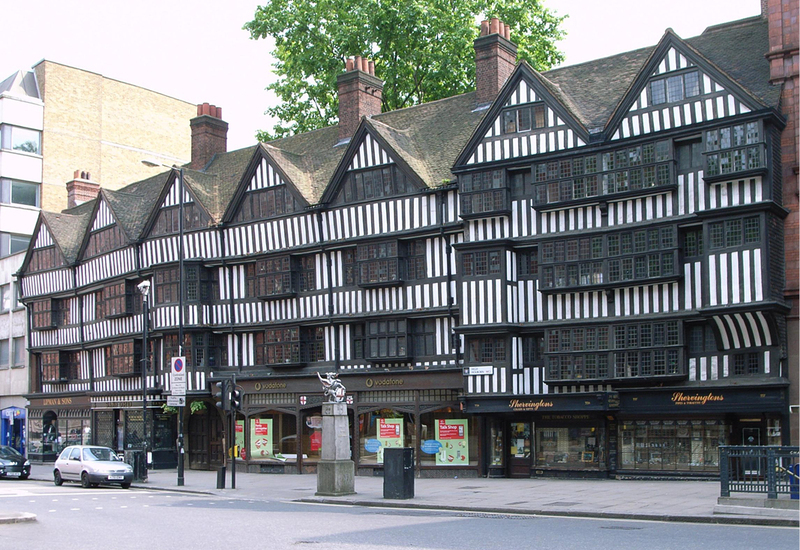
Which recent well-known architectural projects do you like?
In London’s historical centre, architects often have to work in complex environments. It’s worth taking a look at some small, appealing projects which attempt to fit into this setting. My first example is a new terrace of houses neighbouring historical Victorian terraces near Hampstead. The building has minimalist, fashionable forms, brick arches two and a half floors high and large glassed-in surfaces and windows. Its relatively low height means the unobtrusive complex blends in with the surrounding buildings. The architect has taken the neighbourhood’s Victorian character and given it a modern twist and unpretentious forms so that it doesn’t jar with the surrounding historical buildings.
I also like the house in Clerkenwell by Amin Taha, where the architect himself lives. The building is clearly not historical, with its huge windows made of single pieces of glass and an interior featuring steel beams and a light, modern staircase, yet its main facade, made of huge blocks of unworked stone, makes it look conservative.
The reconstruction of the former Camden Council building opposite St Pancras Station, now the Standard Hotel, is an interesting example of the use of the city’s 1970s heritage.
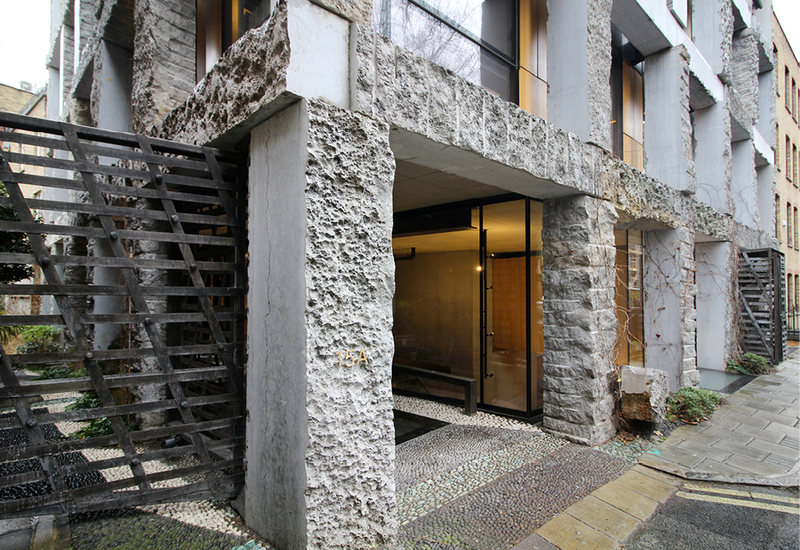
There are also some imposing, iconic buildings in London which are archetypes of world architecture. For instance, the Gherkin, a 40-floor skyscraper at St Mary Axe, built from 2001-2004 by Norman Foster, whom I greatly admire. It’s hard to find any radically new forms in the skyscraper genre as most examples are rather predictable, but a lattice-work rhomboid construction gives this tower an unusual appearance.
It’s 180 metres high. When I bring people here on my tours, we look at it and the neighbouring NatWest Tower, which, at 183 metres, is roughly the same height. This skyscraper was built in the 1970s. We see quite clearly that this older tower, with its massive vertical upthrust, is an enormous phallus intruding on the urban fabric, while the Foster tower is much more discreet. The rhomboid lattice greatly softens its streamlined, rounded profile, so it doesn’t loom and dominate like a colossus. The way the building stands on the ground is also important; the Foster skyscraper is surrounded by a kind of moat and the tower’s body lines don’t seem to reach the ground, instead, they appear to evaporate into thin air.
Among recent skyscrapers, I’d mention Twentytwo Bishopsgate, completed in 2020, which is 278 metres high, second only to The Shard’s 310 metres. Its outline is a little nondescript, as it lacks clear lines, lattices or striking features on its bodywork or surface. It’s like a cloud which has appeared in the London skyline and wants to be as unobtrusive as possible. This skyscraper doesn’t try to be popular; it even lacks its own nickname.
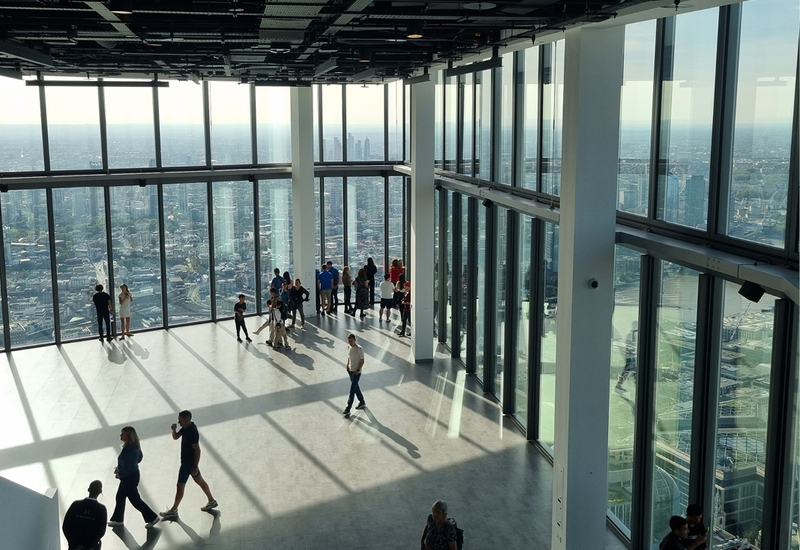
Is it possible for a young architect to quickly gain world recognition?
As with directors, it’s more of a profession for mature people, as careers often begin only after 60. There are some great new studios and architects who are well-received by their circles of clients, but there haven’t been any recent examples of newcomers achieving world stardom. Historically, the greatest examples of this would be Richard Rogers and Renzo Piano, who attained global renown by winning the 1969 competition to build the Pompidou Centre in Paris. They came out of nowhere to become internationally recognised, which is a rarity. But for many years after the completion of the Centre, they were not in demand as their ideas seemed too strange. Then Rogers won a competition to create a new head office for the Lloyd’s Insurance Company in London, which became the second large-scale project in his career. It’s good that open competitions are still held, as they can be a great social leveller and career boost for architects.
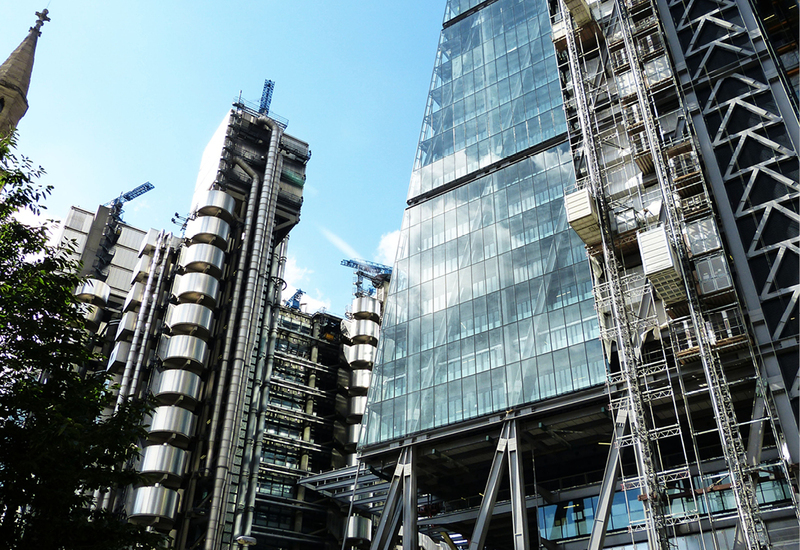
Which British architects inspire you?
Banally enough, I’d name perhaps the most famous one, Norman Foster, but I’ll tell you a story that isn’t banal at all. Foster is a master at fitting new buildings into historic areas without eclipsing the unique architecture of the ancient buildings. On Wood Street in the City, Foster put up an office building next to the 17th-century bell tower of St Alban’s church. He built from the same stone as the church, and although the new building is three stories higher, it doesn’t overshadow it. It’s designed so that the upper floors are recessed. On the top levels, the rectangular stone windows are replaced with a checkerboard of rhomboids (the architect’s favourite shape). Standing there, you don’t feel the new building is taller than the belfry as it just recedes into the shadows. On the other side of the building, a large maple grows within an internal courtyard. The facade facing the tree bends around it and is slightly tilted to ensure the tree’s crown receives enough space and sunlight. It’s fantastic when architects consider a building’s context and pay attention to such details.
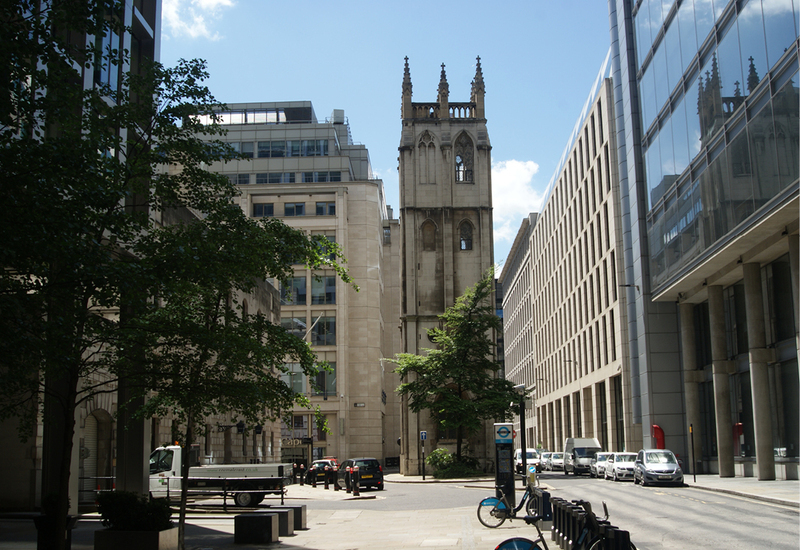
From an architectural perspective, what does London lack?
It’s close to my idea of perfection; multi-layered and with just the right degree of madness. This city makes me happy. I only wish a few neighbourhoods were a little cleaner, but this isn’t a criticism of the architecture.






